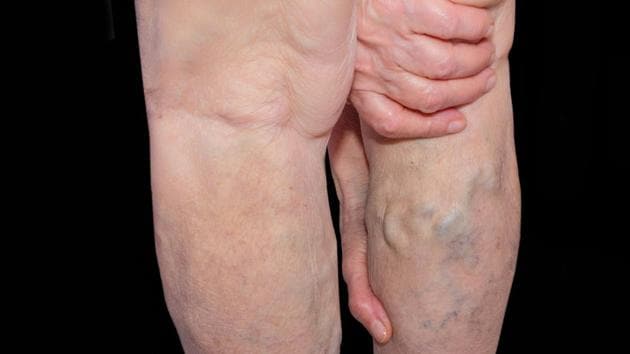Remember how the inclusion of a standing desk and ergonomic chairs became an essential component in establishing an ideal home office setting amid sedentary work-from-home life during Covid-19 lockdowns? Even as the lockdowns lifted and employees returned to their workplace, the standing desks were encouraged in offices as a dynamic departure from traditional seated workstations, in a bid to advocate for a more health-conscious and adaptable approach to productivity.

This was because these desks were believed to foster an environment conducive to heightened work performance and ergonomic mindfulness for those with sedentary jobs. For the purpose of integrating movement at work, using standing desks were said to be beneficial for employee well-being but science says, think again.
Think Standing Desks Are Healthy?
A recent study led by the University of Sydney revealed that being on your feet for more than 2 hours per day may increase the risk of developing health conditions such as deep vein thrombosis and varicose veins. The findings were published in the International Journal of Epidemiology and the researchers studied data from 83,013 adults who are part of the UK Biobank health records database to establish that standing does not reduce the risk of diseases such as stroke and heart failure, despite the widely-held belief that it does.

Dr Matthew Ahmadi from the University of Sydney’s Faculty of Medicine and Health, said, “The key takeaway is that standing for too long will not offset an otherwise sedentary lifestyle and could be risky for some people in terms of circulatory health. We found that standing more does not improve cardiovascular health over the long-term and increases the risk of circulatory issues.” He added that people who sat or stood for long periods should schedule regular movement throughout the day.
The Dark Side of Standing Desks:
Prof Emmanuel Stamatakis, Director – Mackenzie Wearables Research Hub at the University of Sydney, suggested, “For people who sit for long periods on a regular basis, including plenty of incidental movement throughout the day and structured exercise may be a better way to reduce the risk of cardiovascular disease. Take regular breaks, walk around, go for a walking meeting, use the stairs, take regular breaks when driving long distances, or use that lunch hour to get away from the desk and do some movement.”
Pointing out that the findings highlighted the importance of being active during the working day, Emily McGrath, Senior Cardiac Nurse at the British Heart Foundation (who was not involved with the research), opined, “The more people can avoid being stationary, the better. Over the long term, the study showed that standing time was not associated with an increased risk of cardiovascular disease, however, it did have other circulatory health implications for some. It is important to get active to reduce this risk.”

The researchers studied people who did not have heart disease at the start of the study and wore devices on their wrists to track movement, only to find that for every extra 30 minutes spent standing beyond two hours, the risk of circulatory disease increased by 11%. The researchers concluded that standing was not found to reduce the risk of heart conditions such as stroke, heart failure and coronary heart disease.


